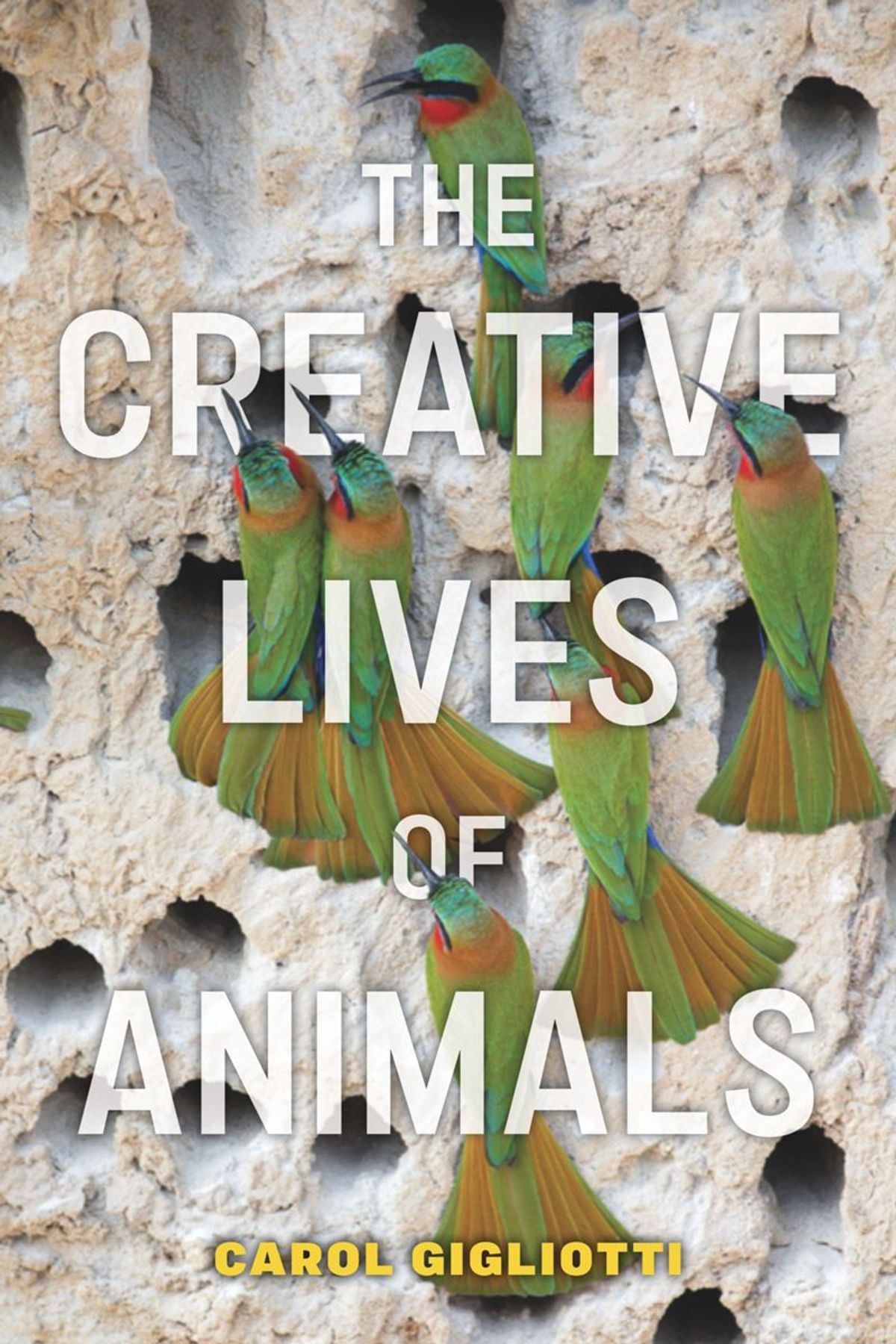ABOVE: © ISTOCK.COM, drakuliren
To some people—road engineers, for instance—beavers and their dams may seem like the ultimate foe of human progress. But to the scientists who study them, beavers exemplify animal creativity. In a recent study on methods for rewilding freshwater wetlands, researchers found that the reintroduction of beavers as ecosystem engineers often creates unique habitats that benefit biodiversity at numerous spatial scales. Importantly, beavers actively creating and maintaining their ponds also produces aquatic habitats superior to those that are human-made. In other words, by exercising their unequaled creativity, beavers benefit not only themselves, but myriad other species, large and small, that share their ecosystems in ways humans simply cannot accomplish.
The beaver, at once a potential solution to biodiversity loss and a troublesome force acting against the goals of human development, illuminates our conflicted relationship with the approximately 2.1 million other animal species who share our planet. If we understand that nonhuman animals—and not only beavers—also have inherently valuable skills, unique to individuals and to species, might we widen our tunnel vision to see them as collaborators and guides in conserving their habitats and biodiversity?
Although I have a computer science and philosophy background, I am essentially an artist. My long career of teaching not only traditional visual art students but those studying computer animation programming, graphic narratives, design, interactive media, and video has offered me access to primary research on how the creative process works. It was obvious to me that creativity existed in many domains, not only in the arts, and across individuals of all cultures. I became interested in animal creativity when working on my edited book, Leonardo’s Choice: Genetic Technologies and Animals. What do we lose, I wondered, when we genetically modify animals to suit our needs?

In 2004, I learned of a 2003 book, Animal Innovation, edited by biologists Simon Reader and Kevin Laland, and an article by the biologist Allison Kaufman and the psychologist James Kaufman titled “Applying a Creativity Framework to Animal Cognition,” both of which encouraged me to continue this line of investigation. As I did so, research on animal creativity was blossoming, much of this interest coming from scientists who were spending years in the world of a particular species. Interviews with some of these researchers and the published research of many more support the ideas in my latest book, The Creative Lives of Animals.
In the book, I define creativity as a dynamic process in which novel and meaningful behaviors are generated by individuals with the possibility of affecting others at cultural, species, and evolutionary levels. That is, individual animals are creative in unique ways that influence their culture, and that accumulated creativity may have an evolutionary effect on biodiversity. Both domestic animals and those who live as part of larger communities, such as ants or bees, express creativity.
I emphasize the intricate workings of creativity for several reasons. We must be able to appreciate the sometimes complex and iterative processes by which an animal solves problems or achieves goals. This is complicated by the way the creative process often takes a zigzagging course, driven by ongoing exploration. Sometimes that pursuit produces an innovation, such as a song, a tool, or a dam. Sometimes, appropriation of another’s work is a creative act. Indeed, beavers recognize human-made dams and modify them to meet their needs. This ability to recognize an opportunity is key to the creative process, and beavers demonstrate their flexibility and ingenuity in doing so.
At other times, nothing new seems to come out of the creative undertaking, but the behaviors involved may be new for the individual and useful in other facets of their existence, now or in the future. Sometimes that exercise may lead to more creativity. The process may not be visible to an outsider, existing only as a thought experiment.
Being open to the possibility that creativity exists across species requires open minds, a willingness to see behaviors in a new way, and a comfort with complexity.
Growing interest within the humanities and sciences in how the creative impulse works across many domains, not only in the arts, has fostered a reluctance to limit creative license to only a few special human individuals. The idea that creativity may be a common thread that runs throughout human activity has become accepted throughout the academy just as ideas about animal creativity are gaining traction in the biological sciences. Appreciating beavers for their contributions to biodiversity is not a hard sell among many biologists. But being open to the possibility that creativity exists across species requires open minds, a willingness to see behaviors in a new way, and a comfort with complexity. These qualities, the same ones often associated with creative behaviors, will assist humans in understanding that the creative agency of animals is a foundation of biodiversity. The world loses their genomes when species disappear, but what also disappears are creative pathways to saving ecosystems and habitats for all on this planet.
Carol Gigliotti is professor emerita of Dynamic Media at the Emily Carr University of Art + Design in Vancouver, British Columbia, Canada. Read an excerpt of The Creative Lives of Animals.








